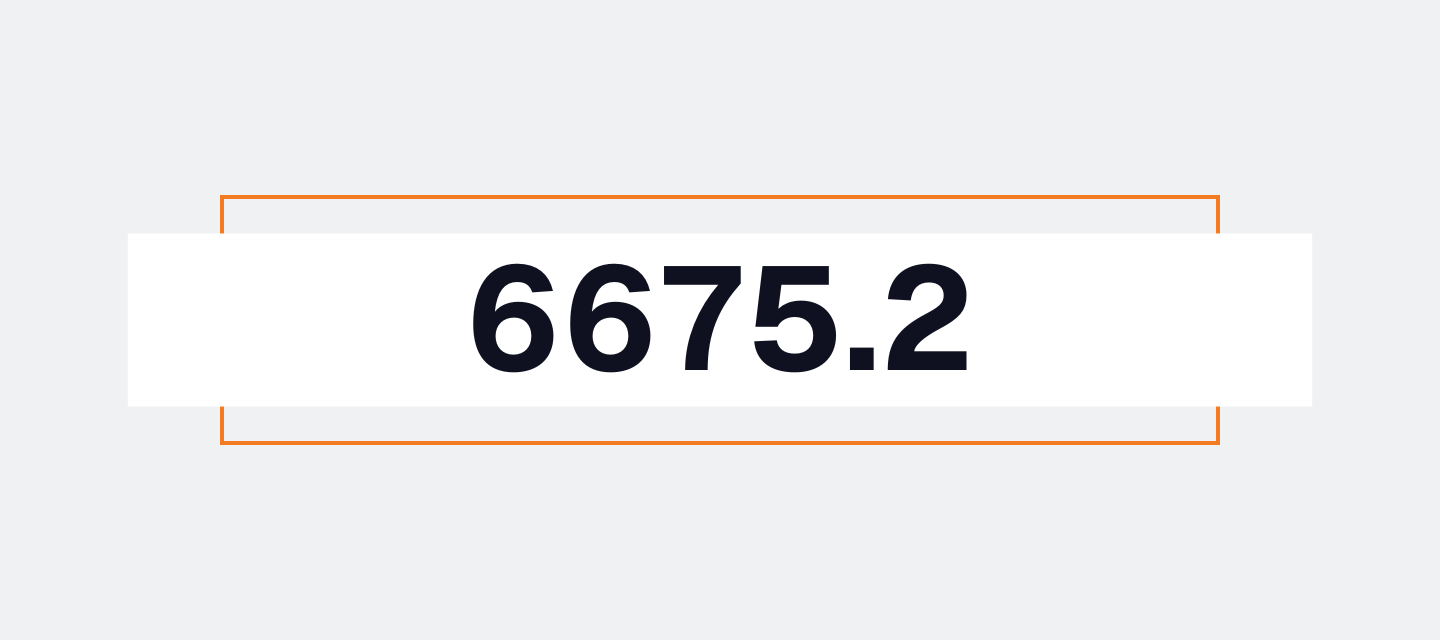Today, we’ve published a new release of TimeXtender Desktop with the following changes:
New
Redesigned TimeXtender Portal UI with new layout, colors, dark mode
We've remodeled the Portal and given it a fresh coat of pain to enhance both the look and the user experience. The new design features a collapsible left-side menu for the features related to the data flow, while user account settings, support and admin stuff live in the revamped top menu.
In addition to that, the new colors give the Portal an fresh and modern look, and on top of that, we've added a dark mode for those who prefer to turn down the light a bit. The new colors are complimented by new lighter icons and a new more readable font.
In our quest for greater consistency across the suite, Exmon Turnkey have been updated to use the same colors, font and icons as the Portal.
Shared login for TimeXtender and Exmon
You can now use the same login for TimeXtender and Exmon (web and the desktop DG and DM products). Less hassle, and one less password to remember!
However, we haven't centralized company accounts just yet, so if you're not using Exmon already, you'll still have to have an Exmon account created for you. The same applies, of course, if you're using Exmon but not TimeXtender.
Keep destination settings when you transfer an instance
You can now choose if you want to override security, roles and notifications in the destination instance when you transfer an instance in Environments. The first time you transfer between two instances, you must override the destination settings, but on subsequent transfers you decide. Previously, these settings would always be overridden.
Map endpoints when you transferring a semantic model
Related to the improvement listed above, you can now map semantic endpoints when transferring one semantic model instance to another. The endpoints must be of the same type. Previously, the endpoints in the destination instance would have been overridden
Integrate existing data warehouses in TimeXtender
With the new Integrate existing objects feature, you can easily use data from your old data warehouse even before you've converted it to a TimeXtender data warehouse - or if converting the old data warehouse isn't feasible.
Any non-TimeXtender table that happens to be in your data warehouse storage can be integrated into the TimeXtender data warehouse instance. If you're using Xpert BI (acquired by TimeXtender in 2023), you can import additional metadata for the tables in the form of descriptions and tags.
New data source providers for Excel and CSV files
With the new native data source providers, getting data out of Excel and CSV files just got a lot easier.
Improved
- Firewall rules can now be configured on the aptly named Firewall Rules page under Data Estate instead of on the individual instance's details page. This way, it's easier to get an overview of firewall rules across all instances.
- You no longer need to run the ODX Service Configuration tool on the destination server after transferring an ODX instance under Environments. Instead, you simply need to restart the ODX service.
- Listing instances in TimeXtender Desktop is now a lot faster.
- Service requests from user installed software will now include custom headers to ease support cases.
- When you're using Snowflake as data warehouse storage. aggregate tables, table inserts, and custom table inserts are now supported.
- When you're using Snowflake as data warehouse storage, deployment is significantly faster.
- You can now use Windows, Entra Password, Entra Integrated, and Entra Service Principal authentication for ODX SQL storage in addition to the existing SQL Server Authentication.
- You can now use Entra Service Principal authentication for data warehouse SQL storage connections.
- Added strict encryption support for ODX and data warehouse SQL storage (SQL Server 2022 and Azure SQL Database).
Fixed
Portal
- Optimized environment page load times.
- Optimized customer table load times.
Desktop
- Jobs that were not completed did not set their state to 'Failed' after a restart.
- Fixed an issue where a Fabric Workspace name containing spaces would make the ODX Fabric Lakehouse unusable.
- On an ODX, adding an incremental rule with updates and deletes to an empty table resulted in an error.
- Fixed a performance issue with the CSV semantic endpoint for models that contained tables with lots of rows.
- Parameters would be removed from custom views created using drag-and-drop between two data areas.
- In the Performance Recommendations window, the info icons were not properly aligned.
- In the Selection Rules pane on mapping tables, some fields, including conditional lookup fields and system fields, would be missing for tables from another data area.
- Fixed and issue where dragging tables from a ‘TimeXtender Dynamics 365 Business Central - SQL Server’ or ‘TimeXtender Dynamics 365 Finance - SQL Server’ data sources into the ODX’s query areas would result in nothing.




